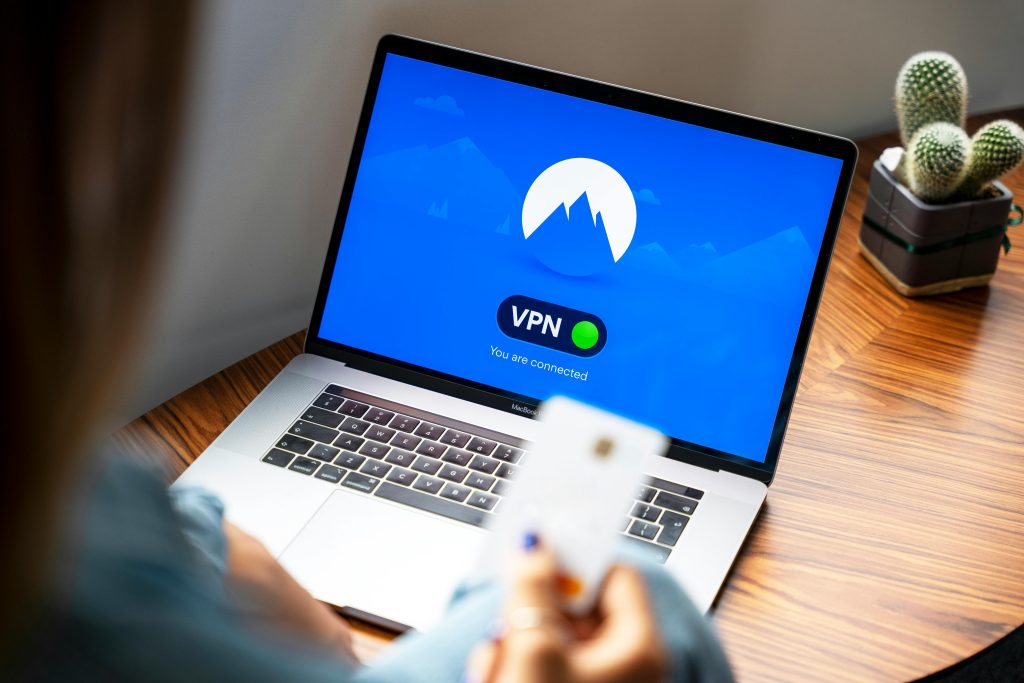Overwhelmed by an Email Bomb: How to Respond to an Unexplained Surge in Messages
Have you ever found yourself drowning in a flood of emails and feeling utterly lost about what to do next? This issue is currently hitting close to home for one individual who has reported receiving over 3,500 emails in just a few hours—an astonishing rate of more than 25 emails per minute! If you find yourself in a similar situation, read on for potential solutions and insights on managing this overwhelming influx of messages.
Understanding the Email Bomb Phenomenon
Lately, a concerning trend has emerged: individuals encountering an unexpected surge of emails, often referred to as an “email bomb.” This can happen for various reasons, including targeting from spammers or automated systems triggered by recent online actions. In the case of one person who recently applied for a class action lawsuit, they found themselves inundated shortly after submitting their claim, prompting questions about their security and next steps.
Assessing the Risks
First and foremost, it’s essential to consider whether this is a matter of security. Receiving a high volume of emails can be alarming, particularly if you suspect malicious intent. While not every email bomb poses a direct threat, it is prudent to verify the nature of the emails you’re receiving. Are they promotional messages, junk, or potentially harmful? Reviewing the sender’s addresses and content can help you determine your next steps.
Steps to Take When Facing an Email Bomb
-
Don’t Panic: It’s easy to feel overwhelmed, but remember to stay calm. This is a challenge, but it’s one that can be managed.
-
Use Email Filters: Most email providers offer the option to create filters. You can set up filters to automatically move messages from certain senders to a designated folder or even delete them.
-
Unsubscribe Where Possible: If you’re dealing with a barrage of promotional emails, look for unsubscribe links at the bottom of those emails. This can help reduce the noise.
-
Contact Your Email Provider: Reach out to your email service’s customer support for guidance. They may have tools or advice tailored to manage such situations effectively.
-
Change Your Passwords: If the emails seem suspicious or if you suspect your account may have been compromised, it’s wise to change your email password immediately to protect your account.
-
Consider Temporary Measures: If the issue becomes too unmanageable, you may also
Share this content:




If you’re experiencing an overwhelming influx of emails, especially at a rate of over 25 per minute, it’s critical to act quickly to mitigate potential security risks and regain control of your inbox. Here are some immediate steps you can take: